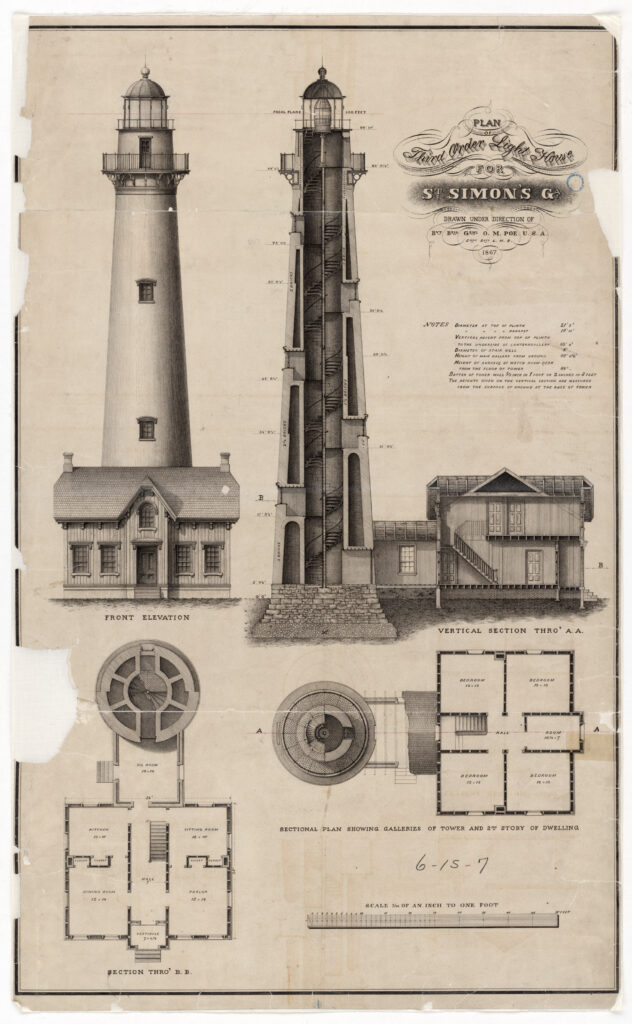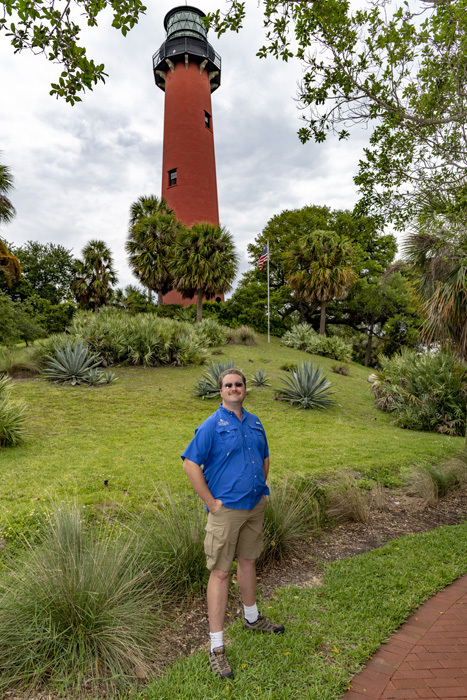
(USLHS Archives)
Orlando Metcalfe Poe graduated 6th in the West Point Class of 1856. He initially sought a commission in the Artillery, but quickly changed his mind and took one in the Corps of Topographic Engineers instead. Until the Civil War, he served on survey duty in the Great Lakes under Capt. George G. Meade.
The Civil War not only brought Poe to prominence, but is also the main reason we know a great deal about him. Married shortly before the war, he wrote frequently and extensively to his young wife and these letters (along with related material) are now in the Library of Congress. Poe served as George McClellan’s chief engineer in Ohio and West Virginia, and went with him to the Army of the Potomac. Rather than remain on staff, he accepted a commission as a colonel of the 2nd Michigan Volunteer Infantry. For a variety of reasons, however, Poe saw almost no combat during 1862. He was sometimes on sick leave, or in a quiet part of the battlefield, etc.
A serious, disciplined, and detail-oriented man, Poe was also ambitious and eager for his general’s star. He made numerous amateur attempts to secure patronage from Michigan politicians. He failed to be confirmed as a brigadier general for political reasons. He seems to have been somewhat apolitical, leaning conservative, and was apparently tarred by his association with McClellan.
Poe went west in 1863, serving in critical engineering roles during the Knoxville Campaign (serving with future lighthouse engineer Orville Babcock). William T. Sherman was greatly impressed by his performance and appointed Poe his chief engineer from 1864 through the end of the war, resulting in the two men becoming lifelong friends. Poe oversaw important engineering work during the Atlanta Campaign, the March to the Sea, and the March Through The Carolinas. He did finally receive a brevet brigadier generalship at the end of the war.

Designed by Orlando M. Poe 1867
(National Archives)
Upon conclusion of the war, Orlando Poe specifically requested appointment as engineer secretary of the Lighthouse Board. The Board’s first choice was William F. “Baldy” Smith, who served in that position immediately before the war, but he was unavailable. Poe served as engineer secretary from July 1865 to April 1870. These were critical years after the war, during which Southern lighthouses were returned to service and lighthouse projects that had been postponed by the war could finally move forward. His work included designing the current St. Simons Island Lighthouse near Brunswick, Georgia.
St. Simons Island Lighthouse has similarities to the Pelz design, such as the attached oil house and decorative iron gallery brackets. It does retain the grated iron stairs around a central iron column used by many of the late 1850s double-walled brick lighthouses. The watchroom is also unusually tall and the oil house connects to a duplex keepers’ dwelling, a feature not usually seen in southeastern lighthouses.
In 1870, Poe returned to his adopted home of Detroit, Michigan where he served as 11th district engineer until 1873. He also handled other non-lighthouse engineering projects on the Great Lakes. During this time he designed the offshore Spectacle Reef Lighthouse on Lake Huron. His lasting lighthouse legacy, however, is the Poe Tower, which will be discussed in detail in the next column.

Poe returned to Washington, DC, in 1873 to accept a staff position with General-in-Chief Sherman. During this time Poe again served on the Lighthouse Board in a non-executive position. Poe’s 19 years of almost continuous work with the Lighthouse Service in some capacity is among the longest by a commissioned officer. When Sherman retired in 1884, Poe returned once again to Detroit where he again worked on Great Lakes engineering projects, including the Poe Lock at Sault Ste. Marie. He was engineer of the 9th and 11th Districts for six months in 1892.
Poe’s life ended rather tragically: he lost 3 of his 4 adult children in a span of six years, then Poe himself contracted a fatal infection in 1895 from a scraped leg while getting off a boat. Poe died less than a year before the completion of the lock he had designed, which at the time was the largest in the Western Hemisphere. In addition to Poe Lock, the lighthouse tender General Poe and Lake Huron’s Poe Reef (home to a light station of the same name) were also named after the late, great engineer.
A biography is available: Orlando M. Poe: Civil War General and Great Lakes Engineer by Paul Taylor (Kent State Press, 2009). In particular, this book is the source for Poe requesting the position of Engineer Secretary and the Board’s first choice being W. F. Smith.

Josh Liller is the Historian and Collections Manager for Jupiter Inlet Lighthouse & Museum. He also serves as a Historian for the Florida Lighthouse Association. He is co-author of the revised edition of Five Thousand Years On The Loxahatchee: A Pictorial History of Jupiter-Tequesta, Florida (2019) and editor of the second edition of The Florida Lighthouse Trail (2020).

